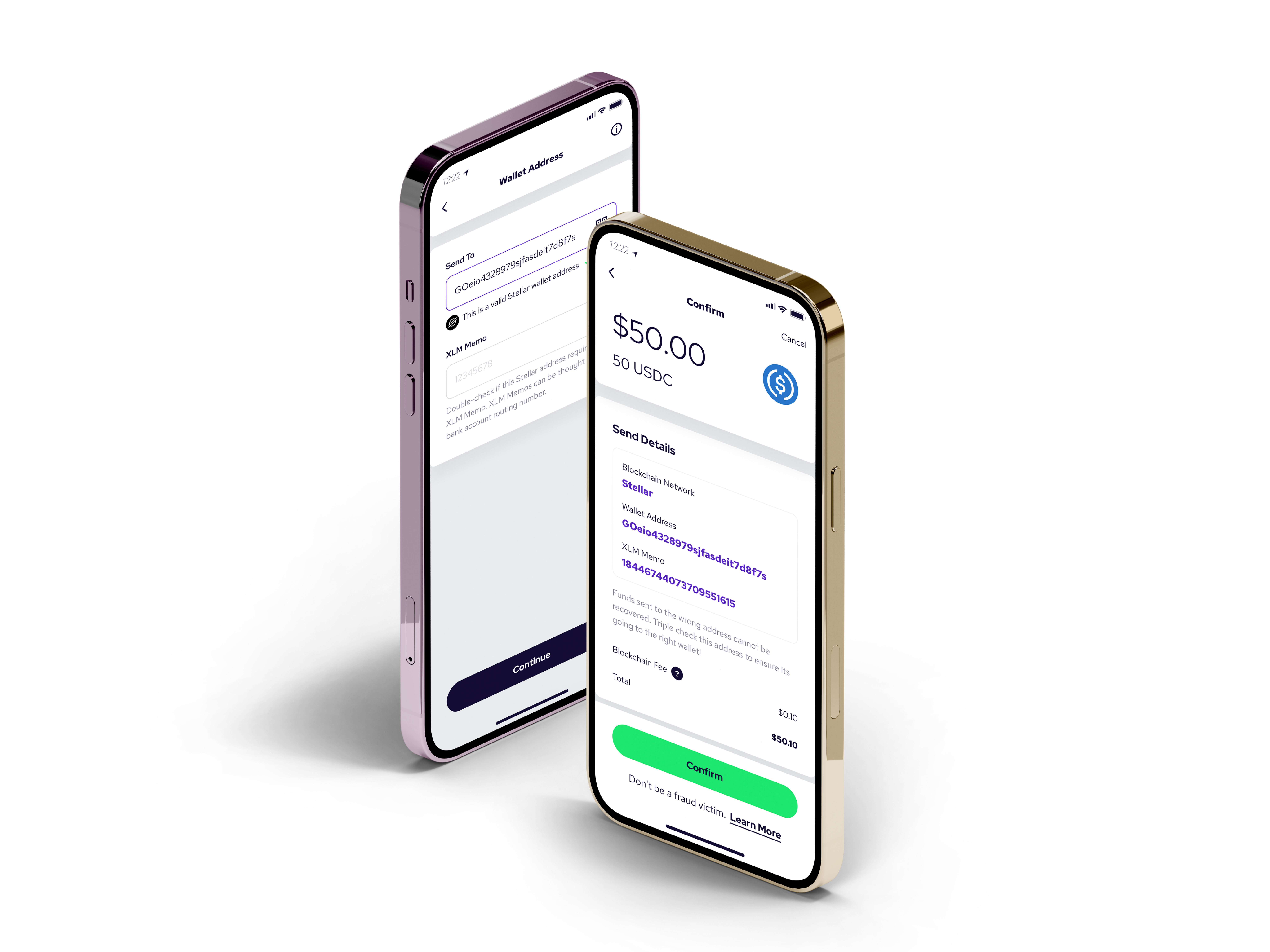Overview
Bitcoin is controlled by its users. A distributed network of nodes around the world that run Bitcoin software makes it so no single person or entity can control the network.
The simple answer to the question “who controls bitcoin” is no one and everyone. The fifth anniversary of when bitcoin’s independence was officially declared is August 1, 2022. Bitcoin Independence Day marks the consensus that users control bitcoin, not the miners or companies.
Below, we delve into what makes bitcoin’s independence possible.

Bitcoin and decentralization
Bitcoin is decentralized and protected from influence or interference by governments, organizations or individuals. It can be freely sent peer-to-peer, without any intermediaries like banks. Transactions are anonymized and recorded on a distributed ledger or blockchain.
If you think of the U.S. dollar, it is controlled by the Federal Reserve and the U.S. government. These bodies can increase the supply of dollars by printing or minting more physical currency. However, bitcoin isn’t a physical currency. Instead, it’s money that only exists in digital form on the internet. This makes it uniquely controlled by the network itself with no centralized authority.
How do users control bitcoin?
Decentralized, in definition, means to remove control from a single place and divide it among smaller places. In bitcoin’s case, these smaller places are called nodes. Nodes are operated by people located around the world who run Bitcoin* software on their computers. There are thousands of nodes, so no single entity can make decisions or control the network. The bitcoin network itself is also not centralized, so no single person gets to make decisions or direct its operation.
Who governs bitcoin?
Bitcoin is governed by its users, and anyone can develop or enhance its software. However, users must agree and use compatible versions of the Bitcoin software for the network to function. This is how consensus is reached – when everyone agrees by majority vote. This is the way bitcoin is collectively governed.
All nodes in the bitcoin network are equal, and if most nodes agree, a decision is made. For example, if a new version of Bitcoin software is available, a majority of nodes need to utilize it for it to be adopted. Those who oppose these decisions have the agency to join other bitcoin networks, creating what are called forks. Simply put, forks are different versions of the Bitcoin software that deviate from the original.
Even though there are hundreds of bitcoin forks, the most robust network wins and ends up being the one that is mainly used. At the end of the day, miners, developers and users want to uphold the bitcoin consensus because it protects the network, allowing it to thrive and remain healthy.
Can bitcoin be influenced in other ways?
As mentioned, bitcoin is impervious to influence by governments, corporations or individuals. However, external factors can influence its price. By design, bitcoin’s value is affected mainly by supply and demand. The supply is permanently capped at 21 million bitcoins. When supply dwindles, its demand increases and vice versa. Other factors like macroeconomic conditions, investor sentiment and competing cryptocurrencies like ethereum can also impact bitcoin.
However, decentralization, user control, and consensus make bitcoin possible and available to everyone, regardless of factors like social status or location in the world. It’s one of the reasons why Coinme has a mission to make cash access ubiquitous to bitcoin to further its adoption.
To find a Coinme-enabled location near you, please visit https://coinme.com/locations/.
*Fun fact – Bitcoin with a capital “B” is in reference to the technology. When referring to the currency, it is a lowercase “b.”



